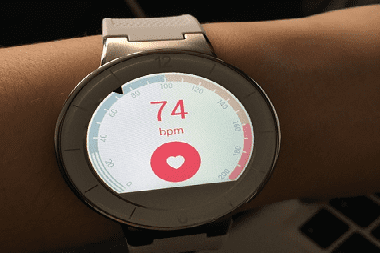Fitness and health >>>> Pulse during training - what's the connection?
Pulse during training - what's the connection?

What is the use of training if the body does not respond correctly to stress. In order to control how the state of the body changes depending on the intensity and duration of the loads, pulse control is used. In fact - control of the heartbeat.
It is known that in the initial periods of training, even with light loads, the heartbeat increases and does not immediately return to normal, this indicates an untrained heart muscle. Over time, the indicators of acceleration and deceleration of the heartbeat (its return to normal) begin to correspond to generally accepted and determined statistically indicators. But how can a person himself determine his state at moments of load and at moments of its termination as normal? This can be done by monitoring your heart rate.
There are rules for conducting interval training (especially for cardio loads), in which the entire training time period is divided into three parts, 70% of which is occupied by a moderate load mode, in which exercises can be continued for a long time; 25% takes the time to increase the intensity and the remaining 5% remains for the snatch and peak load, when the maximum training rhythm is reached and all body systems are working to the limit.
By the pulse during training, you can determine in which particular zone of intensity for the body a person is currently training. For these purposes, heart rate monitors are used, which are worn on the arm and engaged with them, regularly monitoring their indicators.
Moderate training is performed at 75% heart rate. With such a pulse, it is recommended to maintain the rhythm of the load, which will create efficiency in building muscle or in fat burning. There are no universal calculation formulas, but the most acceptable is the formula for calculating the maximum heart rate level: 208 - minus the product of the trainee's age by 0.7. To this result, it is worth adding an error of 10 beats per minute, and with a gradual training of the heart muscle, the pulse will increase by another ten beats.
The snatch zone, when the workout is at its peak, but for a short time, the heart rate goes to the maximum mode.
It is these indicators that are used to control the effectiveness of loads and the correct response of the heart muscle to increasing loads.

Read

Read



























